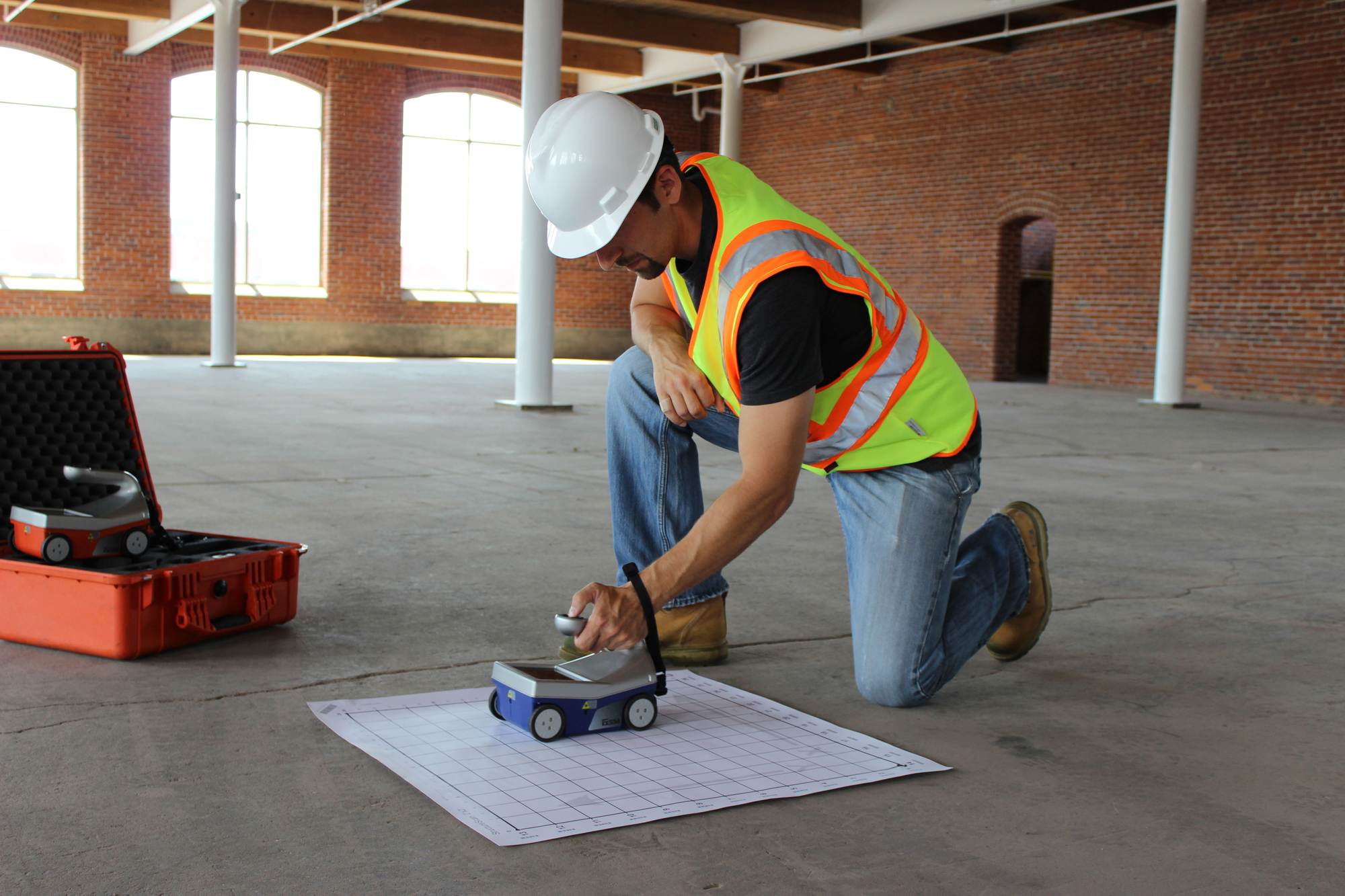RainierGPR Service Areas: Comprehensive Protection for Concrete Scanning
Concrete Scanning: A Crucial Action Towards Making Certain Structural Integrity and Safety And Security
In the world of construction and framework maintenance, the value of concrete scanning can not be overstated. This careful procedure holds the essential to unveiling possible dangers concealed below the surface area of seemingly solid structures. By using sophisticated modern technology and approaches, concrete scanning serves as an essential tool in guaranteeing that the honesty and safety of structures and bridges are supported to the highest requirements. Nonetheless, beyond its surface-level ramifications, the function of concrete scanning expands far deeper than fulfills the eye.
Importance of Concrete Scanning
Concrete scanning plays an important function in guaranteeing the structural integrity and security of buildings and infrastructure projects. By making use of sophisticated innovations such as ground-penetrating radar (GPR) and electro-magnetic induction, experts can non-destructively evaluate concrete structures to detect prospective flaws, voids, embedded things, and reinforcement design. This process enables very early discovery of abnormalities that might compromise the stability of a structure, protecting against pricey problems and making certain the safety and security of owners.
Concrete scanning is especially necessary during the planning and construction phases of a task. Before boring, reducing, or coring right into concrete, scanning assists identify the specific areas of rebar, post-tension cables, and other ingrained aspects, reducing the threat of unintended hits that can bring about structural weak points. Furthermore, concrete scanning help in top quality control by verifying the density of concrete covers and finding any kind of inconsistencies that might affect the total resilience of the framework. Eventually, purchasing concrete scanning services is not only an aggressive measure to mitigate risks however additionally an essential step in the direction of keeping the lasting safety and security and stability of buildings and infrastructure.
Modern Technology for Concrete Inspection

Advantages of Early Discovery
Timely discovery of architectural problems can significantly mitigate dangers and ensure the long life of building tasks. By determining potential problems early in the construction process, stakeholders can take aggressive measures to deal with concerns before they rise into larger and a lot more expensive problems. One of the crucial benefits of very early discovery is the avoidance of architectural failings, which can present severe security dangers and cause job delays and economic losses.
Moreover, early discovery enables timely fixings and maintenance, which can help extend the lifespan of the framework. By addressing concerns immediately, construction groups can prevent expensive fixings or even the need for premature replacement of structural parts. This proactive strategy not just saves money and time but also enhances the general security and durability of the construction project.
Additionally, early detection can enhance job planning and decision-making by providing stakeholders with useful insights into the problem of the framework. Armed with this information, job managers can make enlightened options regarding building methods, materials, and timelines, resulting in much more successful and reliable task outcomes.
Ensuring Structural Stability
Guaranteeing the structural security of a building and construction job is paramount to its security and longevity. Concrete scanning plays a vital role in making certain architectural stability by spotting possible concerns such as voids, delamination, or reinforcement deterioration that can jeopardize the integrity of the framework over time.
By making use of innovative scanning technologies like ground-penetrating radar (GPR) and electromagnetic induction, construction experts can non-invasively examine concrete frameworks to identify locations of concern beneath the surface. This aggressive method enables the very early detection of weaknesses or problems, allowing punctual repair work or support to avoid architectural failures.
Routine concrete scanning during various construction phases and throughout the life process of a structure can aid preserve its stability, minimize dangers, and make certain the security of passengers. By focusing on architectural stability with concrete scanning, building and construction tasks can enhance their durability and longevity, inevitably adding to higher safety and security and durability.
Preventing Important Failings
To guard versus disastrous occasions, careful surveillance and proactive upkeep are imperative in averting vital failures within structural frameworks. Detecting prospective problems before they intensify is key to avoid architectural failings. Carrying out regular examinations, such as concrete scanning, can reveal surprise defects like voids, fractures, or rust that can endanger the honesty of a structure. By using advanced scanning innovations like Ground Passing through Radar (GPR) or Concrete X-ray, designers can non-destructively analyze the problem of concrete and determine powerlessness that call for Recommended Site reinforcement or repair service - RainierGPR Service Areas.

Conclusion
To conclude, concrete scanning plays a vital function in guaranteeing structural stability and safety and security by making use of sophisticated innovation for early discovery of prospective problems. This proactive technique helps stop look at this now critical failures and ensures the stability of structures. It is vital to focus on concrete examination as a standard method to shield the longevity and safety of structures and infrastructure.
Concrete scanning plays a critical role in guaranteeing the structural stability and security of buildings and facilities jobs. Additionally, concrete scanning aids in high quality control by verifying the density of concrete covers and identifying any kind of inconsistencies that might impact the overall resilience of the framework. Concrete scanning plays a critical function in guaranteeing architectural stability by spotting prospective issues such as gaps, delamination, or reinforcement deterioration that might jeopardize from this source the integrity of the framework over time.

In final thought, concrete scanning plays an important role in making certain structural honesty and safety and security by utilizing advanced innovation for early discovery of potential concerns.